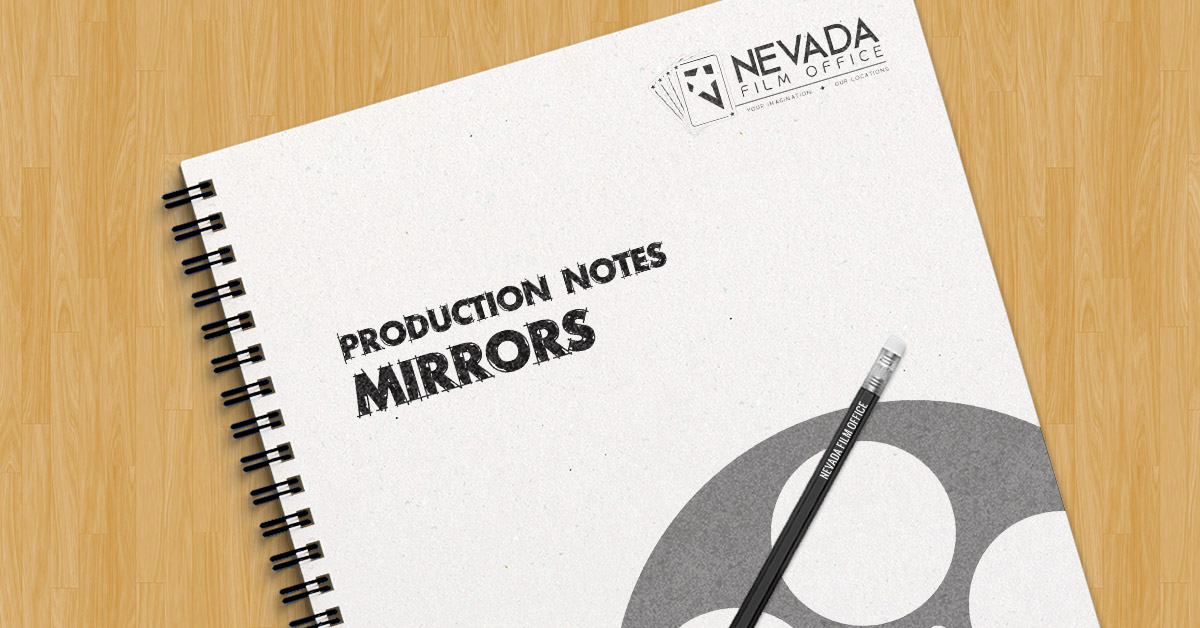
How Are Mirrors Used in Film?
Mirrors are used in a variety of ways in the movie industry, from technical tools to philosophical props to creating the element of surprise, and more.
Mirrors In Film: The Technical Use
In early film history, mirrors were used as tools to help capture live exciting and dangerous scenes while keeping the cast and crew as safe as possible. For example, if film directors wanted to get a shot of an oncoming train, it was a much safer option to mount a mirror onto the train tracks and record the reflection of the oncoming train than to have camera crew on the tracks themselves.
Watch an example below:
“Mirror Magic – Visual Effects Using Reflections – PREVIEW” by Stan Winston School
German Jewish cinematographer Eugen Schüfftan also invented the Schüfftan process in the early 1900s, using mirrors to combine miniatures with live actors into one seamless frame. By carefully placing actors, miniatures, mirrors, and cameras at certain distances and angles from one another, the illusion of live actors interacting with miniature props that were scaled to look realistic in size could be achieved. One of its first uses was in the 1927 film Metropolis:
How Fritz Lang used a mirror to add backgrounds to Metropolis in 1927
Fun Fact: Alfred Hitchcock’s thriller ‘Blackmail‘ never filmed at the British Museum. Instead, those scenes were all created using the Schüfftan process.
Learn more about the Schüfftan process.
Mirrors In Film: The Symbolic Use
Mirrors are not just used behind the scenes in film. They are also often used in front of the camera as a way to reach a deeper level of storytelling through reflections. One popular theory about The Shining, for example, is that the mirrors used throughout the film represent the concept of duality (learn more) and reality vs. fantasy (learn more).
When characters study themselves in the mirror, it can also be seen as a form of self-perception, allowing the audience an “inside look” at a character’s own sense of self as they talk to themselves. One famous mirror monologue is Robert De Niro’s “You talkin’ to me?” scene in Taxi Driver in which the audience witnesses De Niro’s character using his reflection in the mirror to wander between an imaginary scenario he made up in his mind and his real life intentions (learn more).
“Taxi Driver (5/8) Movie CLIP – You Talkin’ to Me? (1976) HD” by Movieclips
Mirrors In Film: The Jump Scare
Known as “the jump scare,” the technique of using mirrors to surprise and scare audience members has been proven so effective that it continues to be used in modern day filmmaking. Take a look at this compilation of movie jump scares:
“Mirror Scare” by richfofo
For more great mirror moments in film, check out this article on multiglom.com.
If you are looking for mirrors and other props to use for your next production, check out our online Nevada Production Directory to find prop masters and prop assistants in Nevada or drop by our office and pick up a free printed directory!
If you are a prop master or prop assistant and are not yet listed in our Nevada Production Directory, you can learn more about how to sign up for the NPD here.